
Biamp Buys into Brisbane
Few in the audiovisual industry don’t know Biamp, but many would be surprised to hear that there is a Biamp engineering and design office here in Australia.
Text:/ Derek Powell
Lots of the world’s leading technology companies grow their businesses by acquiring smaller companies which have developed original technology. Recently we’ve seen the domino effect where AMX acquired a ready-made networked AV product line when they bought SVSi. Of course, AMX themselves have been snapped up by one of the biggest fish in the pond, Harman, and in a dizzying turn Harman themselves have been swallowed by an even larger whale, Samsung. In all this you have to wonder what becomes of the littlest fish, the ones with the really great ideas and products.
I’ve just had the chance to look behind the curtains to see what happened to a couple of Aussie companies whose world’s best technology was snapped up by a global player – and the news is surprisingly good.
Cruising through a commercial suburb quite close to where I live in Brisbane, I was startled to recognise a familiar logo — Biamp — on a commercial unit right on the main road. Biamp, of course, is widely known and respected for its excellent and class-leading Nexia and Audia DSP products as well as the more recent Tesira AV platform. But many might not realise that its world-beating Vocia networked paging and voice evacuation system and the outstanding Devio collaboration tool were actually born out of Aussie technology.
Rather than just whisking the patents and the products away to head office, as happens in so many cases, Biamp has taken the opportunity to grow its Engineering and Product Support network by retaining and expanding the Brisbane office — and it is working for both its employees and its worldwide customer base.

MEET MARKET
Biamp has been around for more than 40 years and has built an impressive reputation for quality and reliability in DSP products. You won’t have to look far in the corporate or education world to find Nexia or Tesira audio processors lurking in a rack where they command countless meeting room or lecture theatre sound systems.
But the company isn’t standing still and has been busy expanding its range of product offerings and its global footprint. Nine years ago, Brisbane company Creative Audio caught its attention. Creative Audio products had already played roles in prestigious installations throughout the world including the US House of Representatives, the Sydney
Opera House, Stadium Australia, and Heathrow Airport. Creative’s ‘Second Generation Paging System’, then under development, was one of the first to offer a decentralised, network-based approach rather than the then prevailing central switching matrix architecture. To paraphrase the famous old TV commercial slogan, Biamp ‘liked the product so much, it bought the company’. But here was where the story diverges from the typical corporate acquisition.
STAY AT HOME
Instead of simply moving the key people and the designs back to its headquarters in Beaverton, Oregon, on the West coast of the US, Biamp recognised a larger opportunity. It kept the Brisbane office and expanded it into a fully-fledged regional engineering centre, where it not only continued to develop the paging system but also became a support hub for the growing Asian market that was right in the middle of our time zone.
That paging product, of course, was developed into Biamp’s Vocia product line, which is going from strength to strength. In the Brisbane office, I spoke with Daniel McLean, who was part of the original team and is now Biamp’s Engineering Program Manager – Paging.
“Biamp’s got the worldwide sales network and reach to really push Vocia, whereas a small Brisbane Engineering Company couldn’t,” he told me. “Now, with the product certified against the European Life Safety Standards (EN54) we are successfully selling not just here but into Europe and the Middle East.”
“”
It’s fantastic that with the sizeable manufacturing and sales organisation run out of the US, we can do engineering here and leverage that to have a worldwide impact.
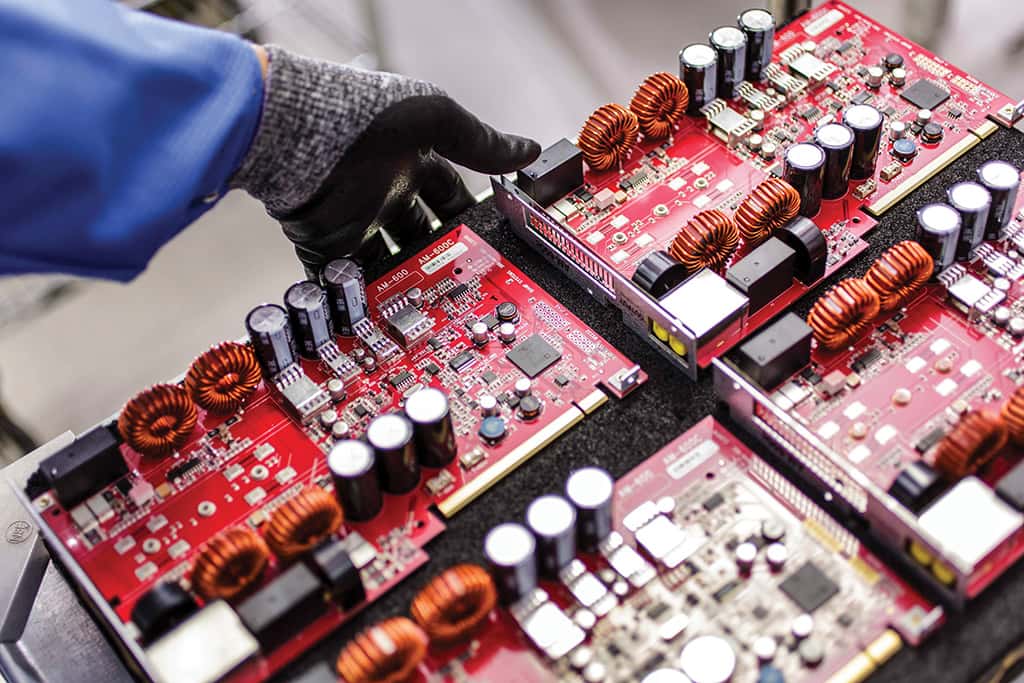
TRANS PAC PARTNERSHIP
Over the past decade, the Brisbane team has become fully integrated with Biamp’s operation and Daniel is excited by the opportunities for synergy that this has brought. “We started off as a relatively simple paging system,” he recalled. “Now, there are new amplifiers and a lot of new ways to get paging in and out of the system, such as POTS, VoIP, and a text-to-speech server”.
Daniel went on to describe the interactive process between the Australian and US engineers that saw the development of a class-leading ambient noise control for Vocia. “That’s the perfect example,” he noted “because the smarts and the DSP intelligence for that came from the DSP team in Beaverton. Using their specialised expertise, we were able to bring that functionality to Vocia. Now, you just plug the microphones in, tick a box and you get ambient noise control.
“The DSP team has taken its expertise in conferencing and used that to solve a problem in paging. And now that technology has been taken forward to Tesira, where it has been implemented as an Ambient Noise Control block. Arguably that had its foundation in the application in Vocia.”

PUTTING V INTO AVB
The concept of regional engineering teams has worked so well for Biamp that it has also applied it in the USA. In early 2014, Biamp acquired an engineering team on the East coast in Rochester which has become the core of its push into video systems. This bore its first fruits last year with the release of the TesiraLux AVB video encoder and decoder which will, according to Biamp, allow the company to put the V into AVB networking.
I spoke with Lee Minich, Engineering Program Manager – Video, from Rochester and asked what role his East Coast engineering team is playing after its Lux product launched.
“Well, first there’s a big sigh of relief,” Lee confided, “and that phase lasted only about an hour before we quickly got involved in all the activities needed after a product is launched — analysing any issues that emerge, while working continuously to incorporate any fixes and improvements needed prior to general availability of the product.”
When pressed, Lee reckons that while he values the chance at Biamp to work in a company with a wide range of products, he also really enjoys working in a team that is geographically diverse. “There are always cultural differences and different perspectives on issues – even between the East and West coast of the United States, let alone across the world,” he acknowledges. As an East coaster, Lee often fields calls from the European offices as he is closer to their time zone and gets to hear first-hand the feature requests and user scenarios from Britain and the continent.
THINK DIFFERENT
Jason Damori is Biamp’s Director of Engineering and he echoes the team’s views that a spread of engineering effort throughout the world brings unique rewards. “The diversity of geography brings with it a diversity of thinking,” he commented. “There’s a personality at each office and that also brings with it a character and diversity of thought.”
Back in Australia, Daniel also enjoys the experience of working in a diverse team.
“I think we have a good working relationship with the Americans,” he said. “We kind of ‘get’ each other. Being in different time zones tends to work well on occasion, because we can be working on things together and separately. It’s fantastic that with the sizeable manufacturing and sales organisation run out of the US, we can do engineering here and leverage that to have a worldwide impact.”

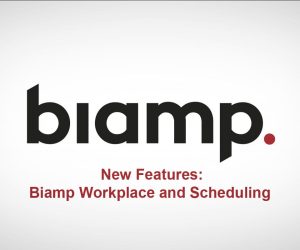
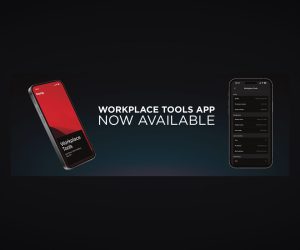
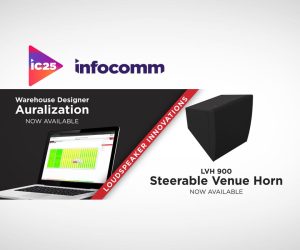




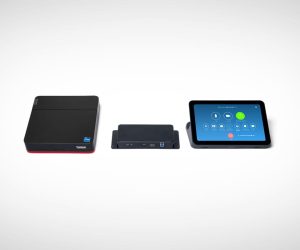

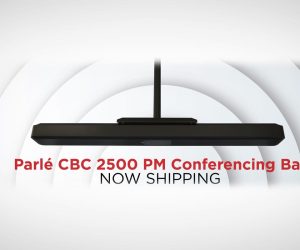
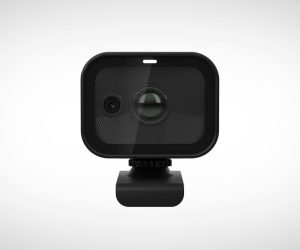
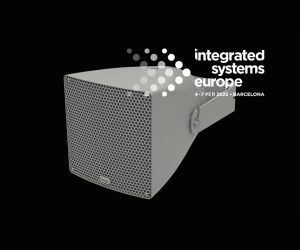


RESPONSES